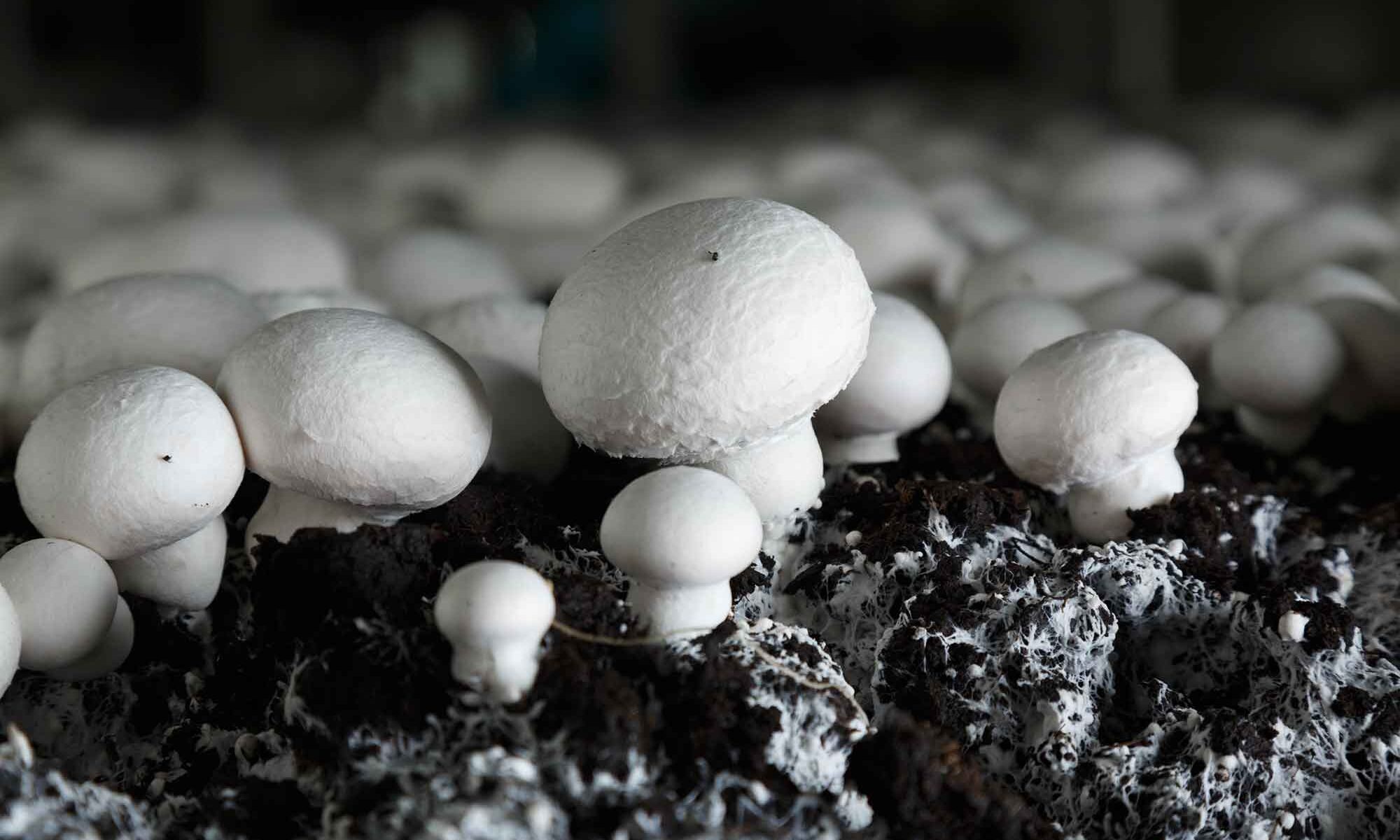Chitosan is a derivative of chitin, a substance found in the hard parts of almost all molluscs, crustaceans and insects, as well as in algae and fungi. Chitosan was known for its interesting properties as early as the 19th century. It is antibacterial, antioxidant, anti-inflammatory, moisturising, and UV-resistant. It can form an edible, protective film and both make plants grow faster and protect them from pathogens. Therefore, chitosan is widely used in animal feed, chemicals, the agro-industry, cosmetics and pharmaceuticals, and medical materials, such as haemostatic bandages; it can stop life-threatening bleeding within minutes.
However, chitosan is mainly made in Asia and the US and it is nearly always of animal origin. For patients with shellfish allergy, it is downright dangerous. So there is a great need for local production of non-animal chitosan.
Valorising side streams
In the CHampITINE project, research institute VITO together with InAgro vzw and Flemish companies investigated the extraction of chitin from mushroom cultivation side streams, with support from the European Agricultural Fund for Rural Development. Some 23,000 tonnes of mushrooms are grown in Flanders every year, yielding 1,800 to 5,500 tonnes of residual flows. These can serve as the basis for chitosan. Good news for growers, who can supplement their income with this. Indeed, the global market for chitosan is growing fast.
CHampITINE has been completed now, but will be followed up in the new VALORCHAMP project supported by the Flemish government. It will further investigate how mushroom residues can be upgraded as food ingredients (spreads, flavour enhancers, protein sources) and bioactive components.
For more information, visit the websites of VITO and Circular Flanders.
Image: Kartinkin77/Shutterstock



